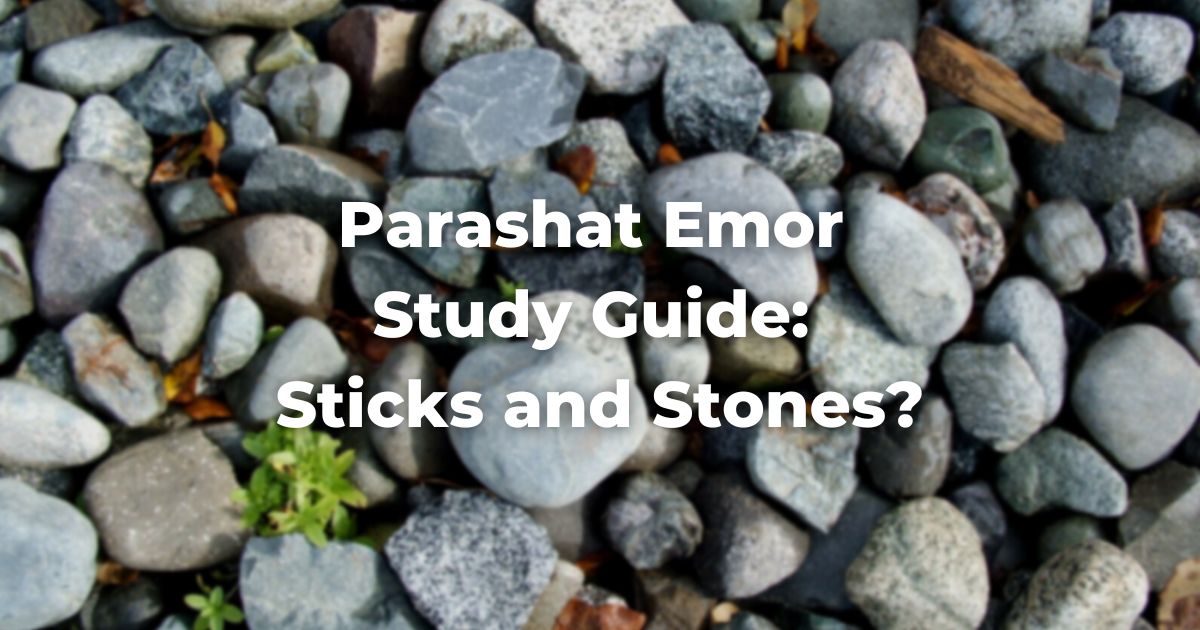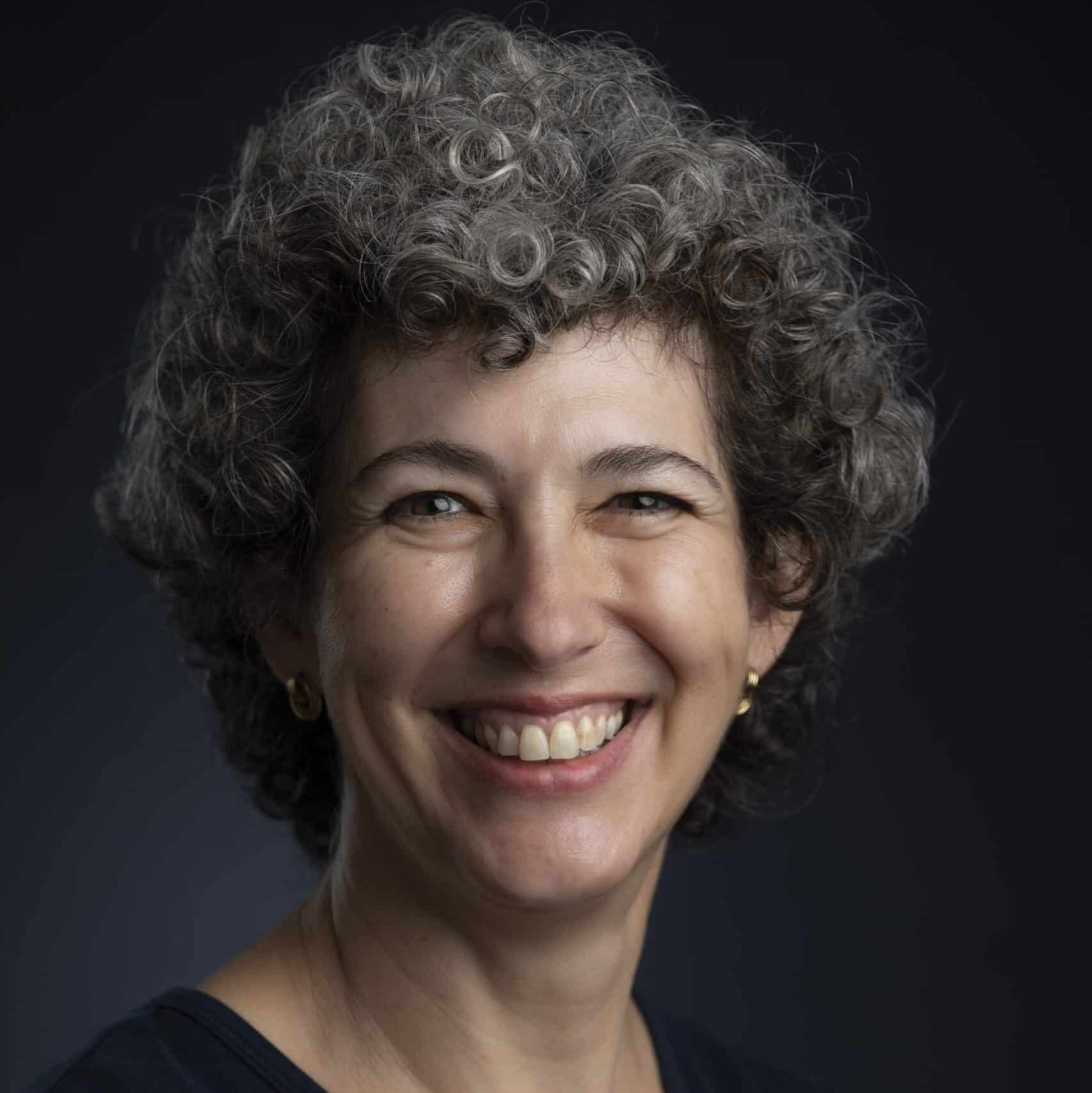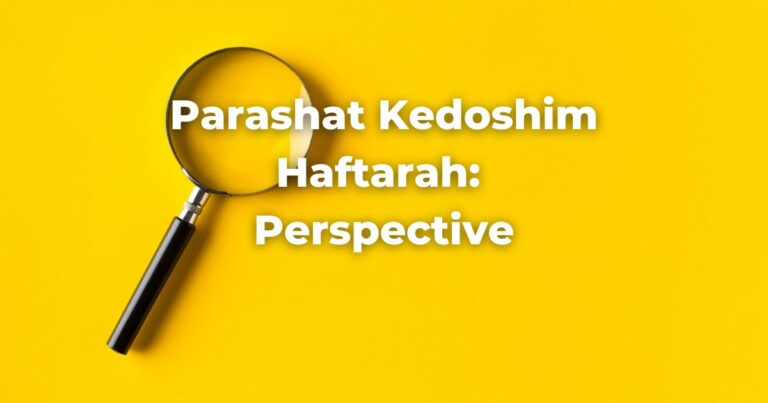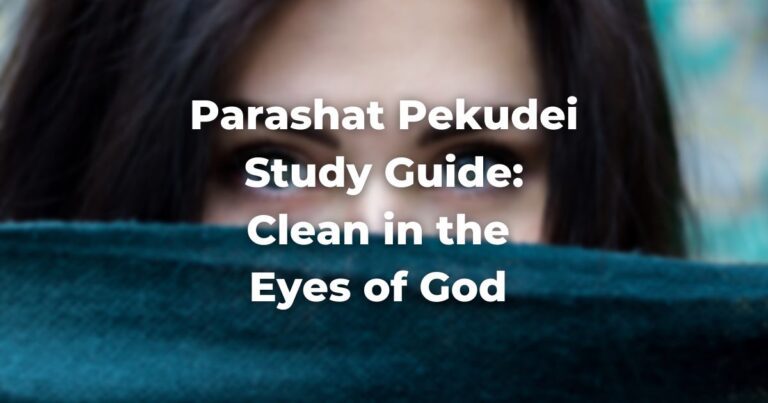Text: Vayikra 24:10-23
10 And the son of an Israelite woman, whose father was an Egyptian, went out among the children of Israel; and they fought in the camp, this Israelite woman’s son and a man of Israel. 11 And the Israelite woman’s son blasphemed The Name [of the Lord] and cursed; and so they brought him to Moshe. And his mother’s name was Shelomith the daughter of Dibri, of the tribe of Dan. 12 Then they put him under guard, to parse them according to the mouth of the LORD.
13 And the Lord spoke to Moshe, saying, 14 “Take outside the camp him who has cursed; then let all who heard him lay their hands on his head, and let all the congregation stone him. 15 “Then you shall speak to the children of Israel, saying: ‘Whoever curses his God shall bear his sin. 16 And whoever blasphemes the name of the Lord shall surely be put to death. All the congregation shall certainly stone him… 17 ‘Whoever kills any man shall surely be put to death. 18 Whoever kills an animal shall make it good, animal for animal. 19 ‘If a man causes disfigurement of his neighbor, as he has done, so shall it be done to him—20 fracture for fracture, eye for eye, tooth for tooth; as he has caused disfigurement of a man, so shall it be done to him. …
22 You shall have the same law for the stranger and for one from your own country; for I am the Lord your God.’” 23 Then Moshe spoke to the children of Israel; and they Israel did as the Lord commanded Moshe.
- This text includes both narrative and legal material; consider the relationship between the two. Why does the penal law for violence appear in this narrative?
- There is great emphasis on the affiliations of the two people involved in the fight. What is the significance of their backgrounds?
- The TorahRefers to the first five books of the Hebrew Bible, the Tanakh, also called the Five Books of Moses, Pentateuch or the Hebrew equivalent, Humash. This is also called the Written Torah. The term may also refer to teachings that expound on Jewish tradition. Read more does not tell us what the fight was about. How does that affect the understanding of the story? Can you think of another biblical story in which the details of the fight are obscured? Is there any connection between the stories?
- The fight seems to lead to blaspheming and cursing. What is the power of a curse (or a blessing) in TanakhAn acronym for the name of the Hebrew Bible: Torah, Neviim, and Ketuvim. Read more? (Bereshit 27, Bamidbar 22:2-6.) Even today we might be upset by a curse. Why?
- Pay attention to the involvement of the community. Why is it the community, not the individual with whom the “curser” was fighting, that needs to mete out punishment? In what situations today does the “community” rather than an individual press for justice?
For those interested in further study:
- In the penal code: Shemot 21:15-25
- In practice: I Kings 21
See more: Parashat Emor
Originally posted as part of the Conservative Yeshiva at the Fuchsberg Jerusalem Center’s Torah Sparks. Support Torah learning from the Fuchsberg Jerusalem Center/Conservative Yeshiva for leaders and seekers around the world here.
Authors
-

Vered Hollander-Goldfarb teaches Tanach and Medieval Commentators at the Conservative Yeshiva and is a regular contributor to Torah Sparks, FJC’s weekly message on the weekly Torah portion. She received her M.A. in Judaic Studies and Tanach from the Bernard Revel Graduate School of Yeshiva University and studied at Bar-Ilan University and the Jewish Theological Seminary. Before making aliyah, Vered taught at Ramaz School and Stern College in New York.
View all posts -


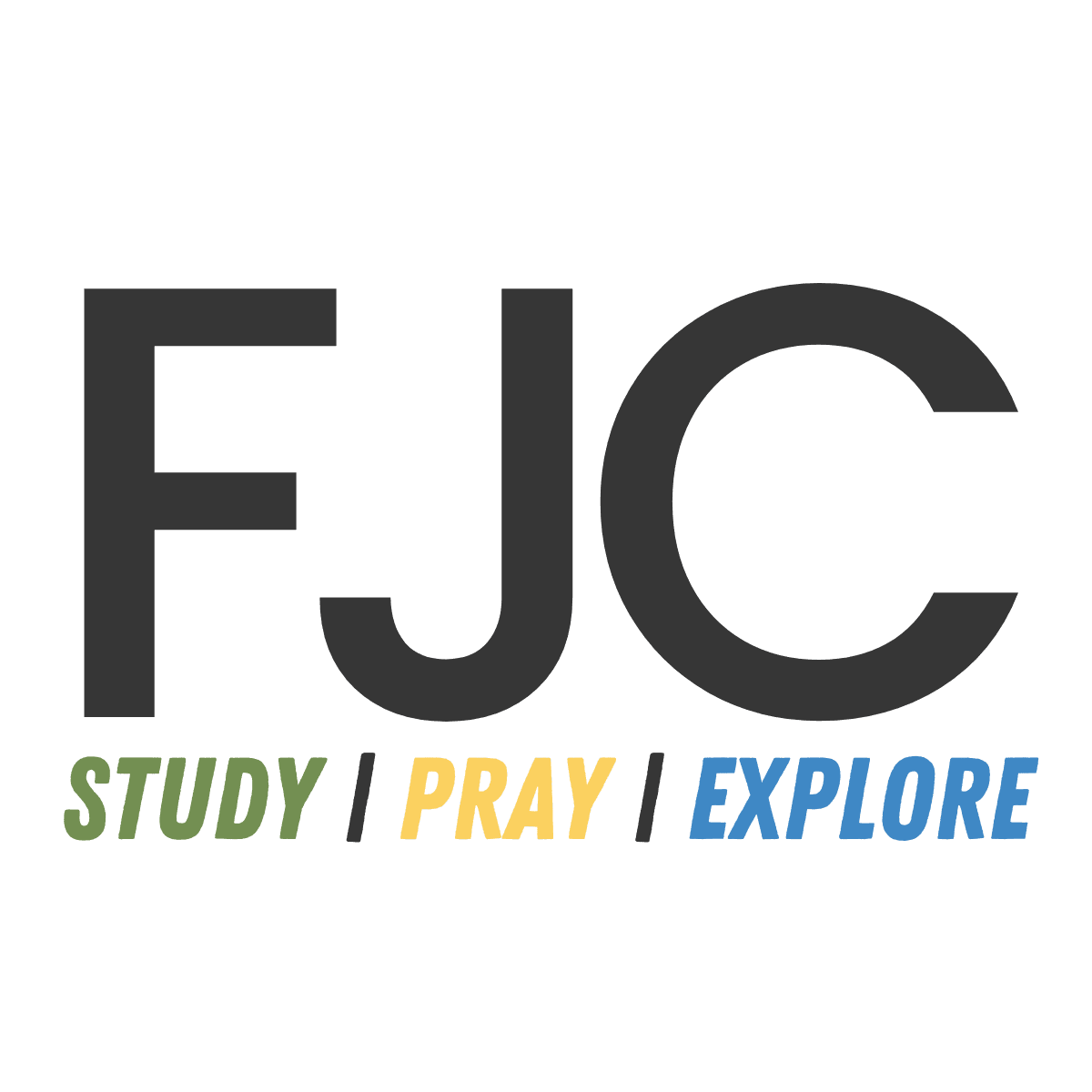
The Fuchsberg Jerusalem Center (FJC) is a home in the heart of Jerusalem where leaders and seekers can find an authentic place in Jewish tradition to call their own. FJC offers opportunities to study, pray and explore within an egalitarian and inclusive setting, creating multiple pathways for finding personal and communal meaning.
View all posts

